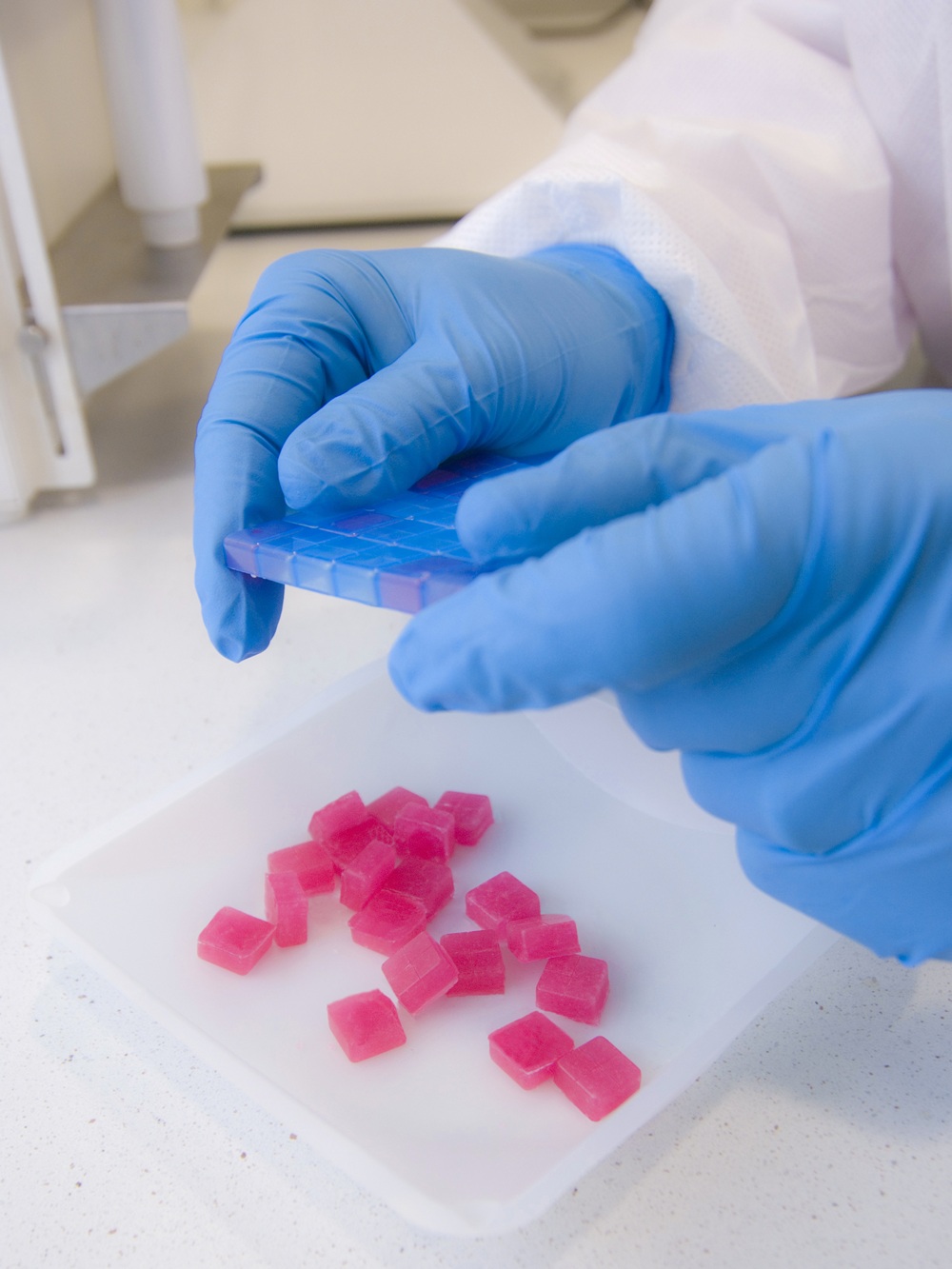For those of us in the industry who were involved as stakeholders or had some previous insight into corresponding changes which were occurring overseas in the United States Pharmacopeia (USP), the changes represented a finalisation of discussions and submissions and lengthy representations for pharmacists and patients to the regulators.
However, for many compounding pharmacists, the new guidelines which came into effect in October 2024 have proven challenging to integrate into their existing compounding business. Approximately a third of pharmacists report that they still find some of the requirements of the new guidelines difficult to navigate or time consuming to achieve.
And of course, this is a very fair comment if you haven’t expected significant changes in rules, it’s easy to get caught unaware. These changes have come at a time when there has been a lot of movement in other areas of pharmacy practice, with pharmacists needing to navigate new scope of practice areas and new areas such as medicinal cannabis supply.
To add insult to injury, almost simultaneously with the release of the new guidelines, a plethora of new products which had previously been core products for most compounders were released as registered “commercial” TGA products meaning that they could no longer be compounded.
While the comments of “What’s the point of compounding anymore!” and “my patients are being impacted, particularly those patients who live in regional and rural areas where we have to post, the new expiry dates are a real problem.”
Changing a base just for the sake of it may not always be the best course of action
At PCCA my Clinical Services team and I have fielded so many of these types of calls over the past few months and would like to share some of our suggestions which might be useful for compounders.
Firstly, if you haven’t been in touch with us in a while, give us a call. We are well aware of the challenges and are here to help you. Sometimes you just need to use our team as a sounding board. We have all worked in a retail pharmacy setting and understand the pressures you face on a daily basis.
Many compounders are making it a targeted project to review formulas. It’s a good time to retire older formulas with short expiry dates and investigate whether there are newer formulations with extended beyond use by dates, and newer anhydrous bases which allow a default of a longer expiry. However, we want to make sure that your patients’ care will not be impacted by such changes, so we urge pharmacists to discuss it with our team.
For example, a menopausal patient who has been stable on a specific cream for many years may not do all that well with a change to an anhydrous base which may have a different absorption profile.
In the US, compounders anticipated changes to guidance documents such as USP 795 for several years, and our formulations teams at PCCA have been on the front foot with their “Formula Plus” Program which now has more than 300 BUD formulations covering a large range of products and therapeutic areas. Many of these formulations include “bracketed studies” which means that there is an extended range of strengths of the various actives included in the BUD results. The “Formula Plus” program encompasses “reliable stability -indicating studies based on global standards as described in the APF 26.
Most PCCA members are already using our range of memberonly PCCA bases, but perhaps it’s time to review whether the formula that you are using now has an extended BUD.
These studies are carried out using PCCA ingredients. As such, the BUD is only valid if the compounding pharmacy only uses PCCA ingredients, giving PCCA members a strong advantage in the compounding space, knowing that your formulation has met all the international requirements to assign an extended BUD.
Many of the combination hormone creams which you regularly fill for your patients are likely to already fit into this category. Choosing an extended BUD formula is particularly helpful if you need to post to patients. By taking advantage of a BUD formulation which has an extended expiry date, often up to 180 days, the patient doesn’t lose 5 days of a 28 -day (default expiry date) period while it is being posted. In many situations the current formula being used might only require a slight adjustment, if at all.
Keeping up with documentation is always a challenge for pharmacists who are fantastic at juggling many jobs at one time but may find it difficult to keep on top of paperwork
Changes such as these also give compounders an additional opportunity to reach out to prescribers and to discuss the recent changes in guidance as well as touch base with new compounding ideas and to hear from them about the medication challenges which many of their patients face on a daily basis.
Consider if you have a compounding lab technician who can assist you with this and think about where specifically you require additional help. If, for example, you need assistance with retiring old formulas and are not quite sure of the best way to do this, have your staff contact our software team. They will be happy to talk them through the process and show them the most appropriate options which you can later decide on.
Simple tasks such as having a document file where all necessary items such as risk assessment forms are readily accessible to print or attach to emails are a great first step and can easily be assigned to other staff. Our software team can provide options for you to complete or save your risk assessment forms directly to your compounding software if you are choosing to go paperless.
Don't hesitate to log a call with our team. We can arrange a time to go through the basics to get you started and unscramble any unresolved documentation concerns. It's a good investment of your time particularly if you have a quality care audit looming.
SOPs are a necessary part of documentation in a compounding lab and a requirement for Quality Care. Perhaps you have an older SOP manual that needs updating, or do you just need help getting started? Do the words in the SOP look like spiders crawling on a page.
The Pharmacy Board guidelines advise pharmacists of the importance of conducting self-audits and suggest that third party audits may be beneficial. At PCCA through our Third-party Audit Service we have been able to assist many pharmacists to assess their overall compliance with regulatory requirements and any relevant standards and have made suggestions which have helped them to improve many aspects of the compounding service, lifting it to a higher standard.
Do not hesitate to reach out to us if you would like more information on these or any other PCCA membership services. As you continue your compounding journey this is a great time to expand your access to supported services. We look forward to further discussions with both our existing members and other pharmacists who might be considering PCCA membership.












